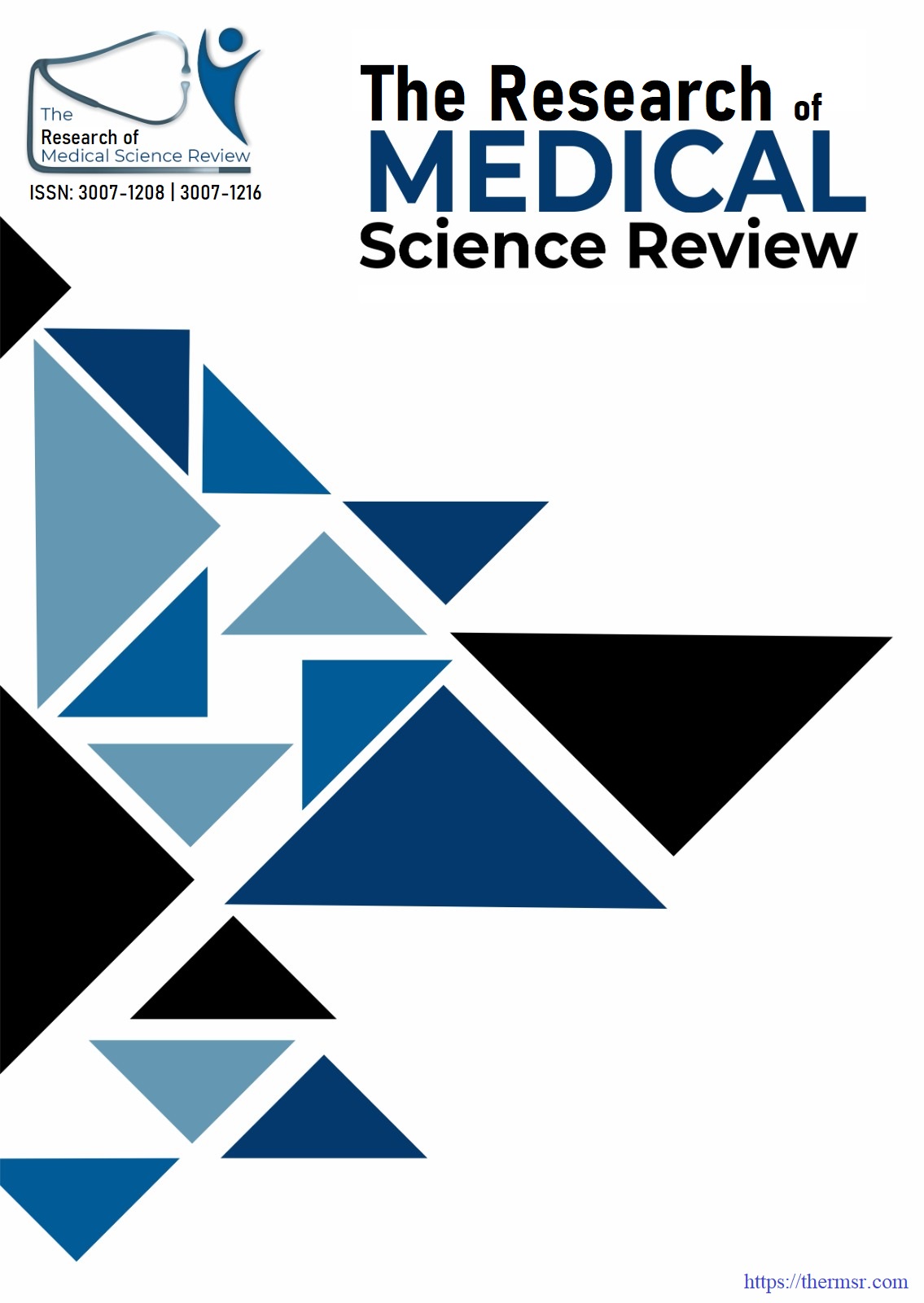IDENTIFYING CONSANGUINITY AS A MAJOR RISK FACTOR FOR CONGENITAL HEART DISEASE IN CHILDREN
Main Article Content
Abstract
Background: Congenital heart disease (CHD) remains the most common birth defect globally, with multifactorial etiology involving genetic, environmental, and demographic factors. Among these, consanguinity—marriage between blood relatives—has been increasingly recognized as a significant risk factor due to the increased expression of autosomal recessive gene mutations.
Objective: To investigate the association between parental consanguinity and the prevalence and severity of CHD among pediatric patients in Hyderabad, Pakistan.
Methods: A cross-sectional study was conducted on 200 children (aged 0–15 years) diagnosed with CHD at tertiary care hospitals in Hyderabad. Data were collected using a structured questionnaire and echocardiographic confirmation of diagnosis. The association between consanguinity and CHD was evaluated using Chi-square tests, Odds Ratios (OR), and Relative Risk (RR), with a significance level of p < 0.05.
Results: Among the 200 CHD cases, 67% were born to consanguineous parents, with first-cousin marriages accounting for 46% of all cases. Cyanotic CHD was significantly more prevalent in children from consanguineous unions (p < 0.001). The odds of developing CHD were over four times higher in children of consanguineous couples (OR = 4.12), and the relative risk was 2.03. Maternal age >30 years was also associated with a 1.6-fold increased risk of CHD.
Conclusion: This study confirms a strong association between parental consanguinity and CHD risk and severity. Public health interventions such as genetic counseling and community awareness programs are crucial in reducing the burden of CHD in regions with high consanguinity rates.
Downloads
Article Details
Section

This work is licensed under a Creative Commons Attribution-NonCommercial-NoDerivatives 4.0 International License.
